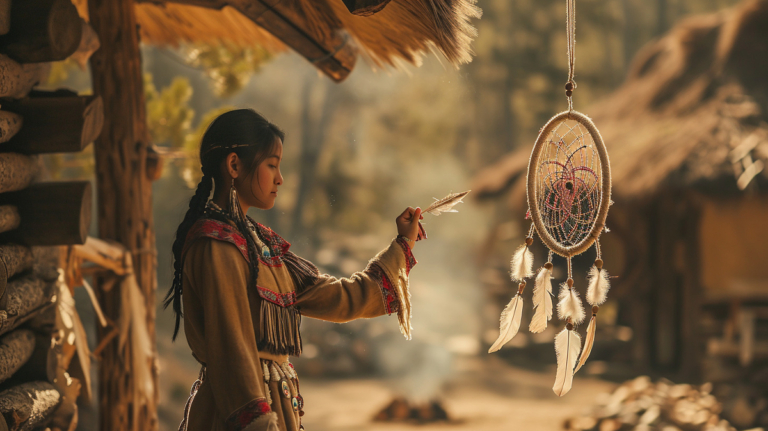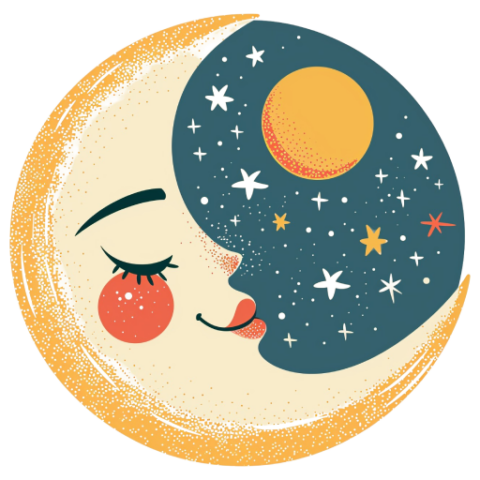
Dream Interpretation History
The art of dream interpretation has intrigued humanity for centuries. From ancient civilizations to modern psychology, the desire to decipher the mysteries of dreams has been a common thread across cultures and eras. This web page delves into the rich history of dream interpretation, exploring how various cultures and time periods have sought to understand the enigmatic world of dreams.
Ancient Civilizations and Their Views on Dreams
Mesopotamia: The Earliest Records
The history of dream interpretation dates back to Mesopotamia, around 3100 BC. The Mesopotamians believed dreams were messages from the gods or the dead. They compiled one of the first dream dictionaries, ‘The Assyrian Dream Book,’ which included interpretations of various dream scenarios. For example, dreaming of a house falling was considered an ill omen, implying impending misfortune.
Ancient Egypt: Dreams as Omens
In ancient Egypt, dreams were seen as prophetic, carrying warnings or guidance from the gods. The Egyptians had specific rituals for inducing dreams, often seeking divine revelation. A notable text, the ‘Chester Beatty Papyrus,’ includes a collection of dream interpretations, where dreaming of seeing oneself in a mirror meant a long life, while seeing oneself with a distorted face was a bad omen.
Greek and Roman Contributions
The Greeks and Romans also placed great importance on dreams. They believed dreams could foretell the future and even established ‘dream temples’ for healing, where sick people would sleep and report their dreams to priests for interpretation. Famous works like Artemidorus’ ‘Oneirocritica’ compiled various dream interpretations and theories. For example, Artemidorus suggested that dreaming of winning a race could mean overcoming enemies in waking life.
Middle Ages and the Rise of Symbolic Interpretation
Christian Perspectives
In the Middle Ages, Christian theologians like St. Augustine and St. Thomas Aquinas debated dreams’ significance, often viewing them as temptations or deceptions by the devil. However, some dreams were considered divine revelations. The symbolic interpretation of dreams became more prominent during this period, with various religious texts offering allegorical dream interpretations.
Islamic Views on Dreams
In Islamic tradition, dreams were classified into three types: truthful dreams from God, misleading dreams from the devil, and reflections of daily life. Notable Islamic scholars like Ibn Sirin authored works on dream interpretation, emphasizing the spiritual and moral dimensions of dreams. For instance, dreaming of falling could signify deviation from the spiritual path.
The Renaissance and Beyond: Dreams as Windows to the Mind
The Renaissance Era
The Renaissance brought a renewed interest in dreams as windows to the mind. Intellectuals like Thomas Browne began exploring dreams as reflections of the dreamer’s state of mind and emotions. This period also saw a shift from supernatural explanations to more personal and psychological interpretations of dreams.
Sigmund Freud and Psychoanalysis
The modern era of dream interpretation began with Sigmund Freud, whose work ‘The Interpretation of Dreams’ revolutionized the field. Freud posited that dreams were expressions of repressed desires and unconscious conflicts. He introduced the concept of dream symbolism, where, for instance, a dream about flying might represent sexual liberation or desire.
Carl Jung and the Collective Unconscious
Carl Jung, a contemporary of Freud, introduced the idea of the collective unconscious and archetypes. He believed dreams connected the personal unconscious to the collective experiences of humanity. Jungian interpretation often involved analyzing dream symbols as archetypes, like the ‘shadow’ representing the unaccepted parts of oneself.
Dream Interpretation in Various Cultures
Native American Perspectives
Many Native American tribes considered dreams as integral to spiritual life and decision-making. Dreams were often seen as journeys of the soul or messages from ancestors. For instance, the Iroquois performed dream-guessing rituals where community members helped interpret an individual’s dreams.
African Traditions
In many African cultures, dreams are viewed as a means of communication with ancestors. The Zulu, for example, believe that ancestors appear in dreams to offer guidance or warnings. Dream interpretation is often left to spiritual leaders who decipher the symbolic messages.
Eastern Philosophies
In Hinduism and Buddhism, dreams have been seen as illusions, reinforcing the idea of ‘Maya’ or the illusory nature of the world. However, certain dreams are also considered omens or premonitions. The Tibetan Buddhist practice of dream yoga uses dreams as a path to spiritual awakening.
Modern Approaches to Dream Interpretation
In the contemporary world, dream interpretation blends psychology, neuroscience, and cultural studies. Modern theories range from viewing dreams as cognitive simulations to understanding them as reflections of our emotional states. Technology, like dream recording and analysis tools, has also opened new avenues for understanding the mysteries of dreams.
The history of dream interpretation is as diverse and complex as the dreams themselves. From ancient rituals to modern psychological theories, humanity’s quest to understand dreams reflects our deep desire to make sense of the subconscious mind and the mysteries of our existence.

